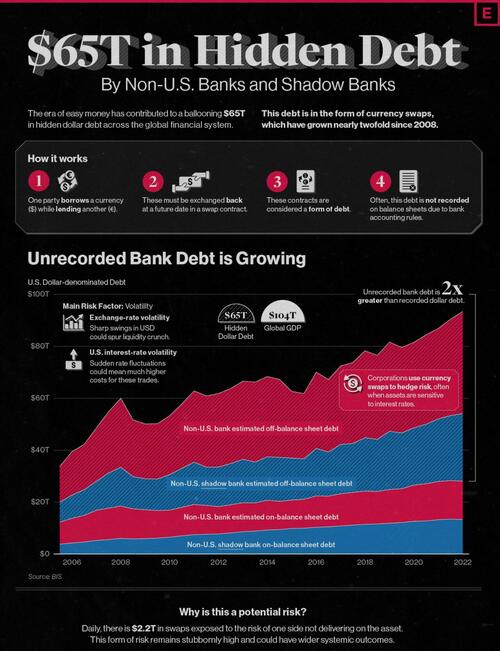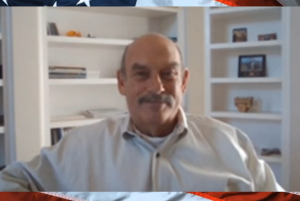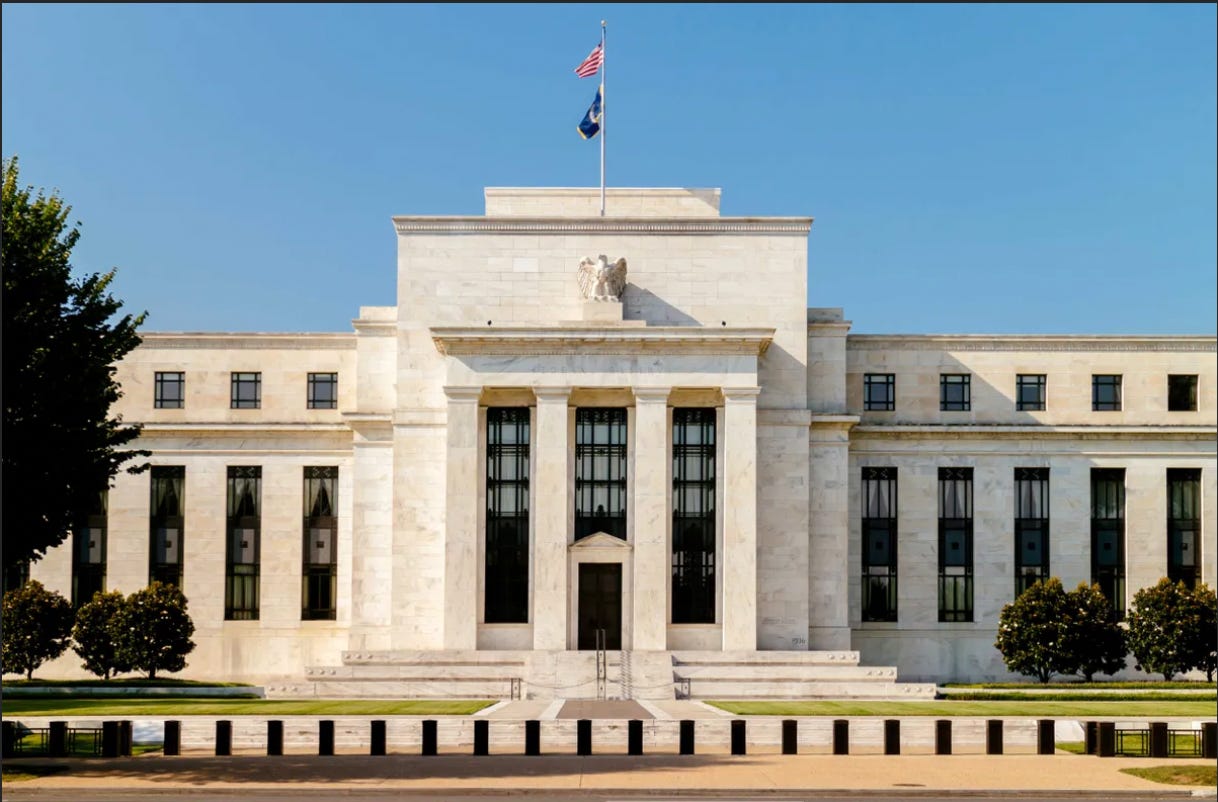A Lehman squared moment is approaching with Swiss banks and UK pension funds under severe pressure.
But let’s first look at another circus –
The global travelling circus is now reaching ever more nations just as expected. This is right on cue at the end of the most extraordinary financial bubble era in history.
It is obviously debt creation, money printing and the resulting currency debasement which creates the inevitable fall of yet another monetary system. This has been the norm throughout history so “the more it changes, the more it stays the same”.
It started this time with the closing of the gold window in August 1971. That was the beginning of a financial and political circus which continuously added more risk and more lethal acts to keep the circus going.
An economic upheaval always causes political chaos with a revolving door of leaders and political parties going and coming. Remember, a government is never voted in but invariably voted out.
What was always clear to a few of us was that the circus would end with all of the acts crashing virtually simultaneously.
And this is what is starting to happen now.
We have just seen a political farce in the UK. Even the most talented playwright could not have created such a wonderful merry-go-round of characters who we have seen coming in and out of Downing Street.
Just look at the UK Prime Ministers. First there was David Cameron who had to resign in 2016 due to mishandling Brexit. Then the next PM Theresa May had to go in 2019 since she couldn’t get anything done, including Brexit. Then Boris Johnson won the biggest Conservative majority ever but was forced out in 2022 due to Partygate during Covid.
In came Liz Truss as PM in September this year but she only lasted 44 days due to her and her Chancellor’s (Finance Minister) mishandling of the mini budget. They managed to crash the pound and UK gilts (bonds) on the international markets leading to the Bank of England having to step in. Both gilts, derivatives and UK pension funds were at the point of implosion.
And now the carousel has gone full circle with Rishi Sunak the ex-Chancellor taking the helm as Boris bailed out. Boris clearly decided that speeches and other private engagements would be more fruitful than being part of the circus. But he will most certainly attempt to come back.
What a circus!
It just shows that at the end of an economic era, we get the worst leaders who always promise but never deliver.
In a bankrupt global system, you reach a point when the value of printed money dies and whatever a leader promises can no longer be bought with fake money which will always have ZERO intrinsic value.
No one must believe that this is only happening in the UK. The US has a leader who sadly is too old and not in command. He has a deputy who is not respected by anyone. So if Biden, as many believe, doesn’t make it to the end of his period, the US is likely to have a real leadership circus. Also, the US economy is chronically ill having run deficits for 90 years. What keeps the US alive temporarily is the dollar which is strong because it is the least ugly horse in the currency stable.
Scholz in Germany was given a very bad hand by Merkel but has certainly not improved it since he took charge and Germany is on the verge of collapse.
Most countries are the same. Macron doesn’t have a majority in France and strikes are paralysing his country on a daily basis. And his new Italian counterpart, PM Georgina Meloni certainly doesn’t shred her words. Just watch her having a very aggressive go at Macron (poor video quality).
But for people (like myself) who have difficulty accepting the current wave of Wokeism in the world, Meloni’s attack on this fad and her strong defence of family values is a “must watch” (video link). So there is still hope when leaders dare to express views that most media including social media censor today.
DEBT BONDAGE
History has dealt with punishment of non payment of debt in a variety of ways.
In the early Roman Republic around 2,500 years ago, there was a debt bondage called Nexum. In simple terms, a borrower pledged his person as collateral. If he didn’t pay his debt he was enslaved often for an undetermined period.
Jumping quickly to modern times, it would mean that the majority of people, especially in the West would all be debt slaves today. The big difference today is that most people are debt slaves but they have physical freedom. Since virtually nobody, individuals, companies or sovereign states, neither has the intention nor the ability to repay debt, the world now has a chronic debt slavery.
It is even worse than that. The playing field is totally skewed in favour of the banks, big business and the wealthy. The more money you can play with, the more money you can make risk free.
UNLIMITED PERSONAL LIABILITY
No banker, no company management or business owner ever has to take the loss personally if he makes a mistake. Losses are socialised and profits are capitalised. Heads I win, Tails I don’t lose!














